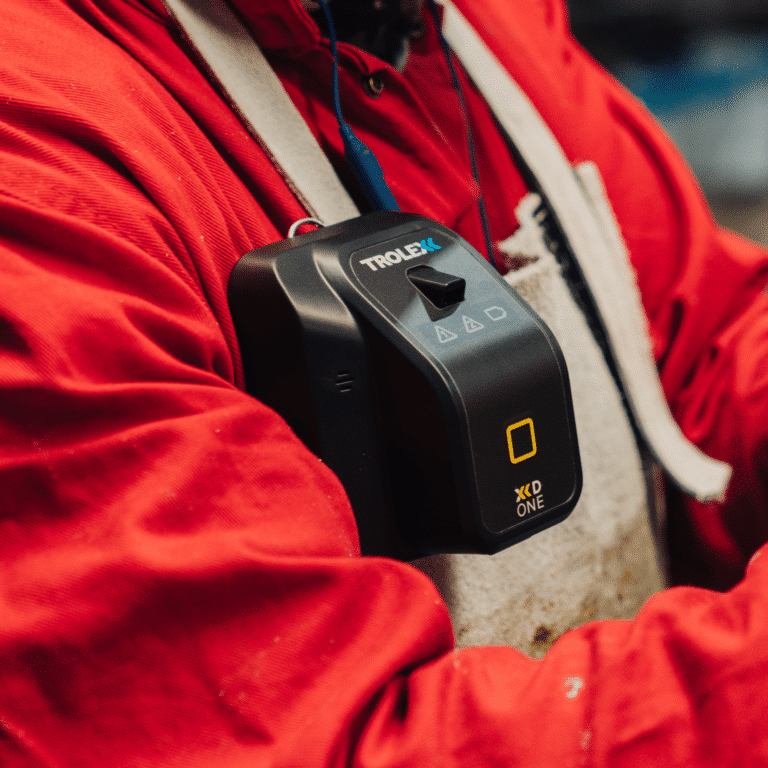The AIR XS Silica Monitor leverages cutting-edge Optical Refraction Technology (ORT) to enhance workplace safety by providing real-time monitoring of respirable crystalline silica (RCS). Unlike traditional particle monitors, AIR XS distinguishes and measures RCS content, enabling immediate detection and response to harmful silica dust levels. This technology is crucial in combating occupational lung diseases such as silicosis, which affects millions of workers globally.
Current monitoring methods, like gravimetric sampling, are time-consuming and often deliver results too late to prevent exposure. In contrast, real-time silica monitoring offers immediate data, significantly reducing the risk of occupational silicosis by enabling prompt action to mitigate hazardous conditions. The importance of such real-time data is highlighted by cases like Joanna McNeill’s, who developed silicosis at the age of just 36. Her story, like many others underscores the necessity for continuous monitoring to protect workers from the threat of silicosis, regardless of their occupational environment.
Our real-time RCS monitor, AIR XS provides a real-time solution to this threat. Workers are not only alarmed and alerted when silica levels exceed legislative limits but can work to best practices by implementing AIR XS with the Hierarchy of Controls, supporting proactive measures to eliminate or minimise exposure to RCS. This move to real-time monitoring as a solution to the threat of silicosis has also been noticed by governing bodies, like the All-Party Parliamentary Group on Respiratory Health.
Our AIR XS Silica Monitor, an innovative real-time respirable silica (RCS) monitoring device, has been deployed at a major railway operations project to monitor the levels of RCS which workers may be exposed to.
The Central Rail Systems Alliance (CRSA), an alliance between Network Rail, Balfour Beatty, AtkinsRéalis and TSO have been using an AIR XS unit to monitor the levels of RCS released when damaged rail tracks are replaced; when rail track is damaged or needs replacing, the ballast surrounding the track is disturbed and can release RCS. The AIR XS unit was supplied by our UK partners Sunbelt UK & Ireland.
The challenge faced by CRSA was to measure the level of RCS and accompanying dust being released into the atmosphere during the unearthing process of 425m rail and ascertain the level of risk associated for those working in the immediate and surrounding environments. The AIR XS unit was manoeuvred around the site in-line with project progress, so that working scenarios can be accurately represented in the data set.
Upon conclusion of the project, Madeline Dunn, the Health and Safety Advisor for CRSA praised the monitoring and recording capabilities of the AIR XS, saying “We have completed trials prior, however this is the only unit where it is measuring silica and not just general dust levels. We gained the knowledge that the exposure levels were actually higher than we anticipated with even low-level ballast disturbance.”
Thanks to the team at Sunbelt Rentals UK & Ireland for the in-depth case study which you can read in full here.
In 2020, the All-Party Parliamentary Group for Respiratory Health (APPG) issued the report “Silica, the next asbestos?”, which examined the disproportionate effect of silica dust to construction workers’ lives.
Since the publication of that report, the APPG were contacted by a number of experts on the subject matter, who highlighted the advances in risk reduction and the particularly promising rise of real-time dust and silica monitoring technology.
“Trolex believe that the most obvious and immediate benefit of real-time monitoring is in improving safety for those potentially exposed to silica in the workplace.”
The new, revised report, titled “Improving Silicosis Outcomes in the UK” also explored these new silicosis prevention strategies, including some input from Trolex on the subject matter. From this, the APPG raised several clinical and regulatory recommendations to protect workers from the dangers of occupational silicosis going forward.
“We recommend that the Health and Safety Executive (HSE) assesses and determines the data and technology needed to allow the UK to reduce the WEL for work with silica to 0.05mg/m3.”
The recommendations from the APPG’s report indicate a number of changes need to be made in order to improve safety across all UK industries which use silica. These recommendations focus on both ways to prevent exposure to dangerous respirable crystalline silica (RCS) in the workplace, including improvements in education, real-time monitoring and reducing exposure limits, as well as improving health and support for those who currently suffer with silicosis.
“We recommend that the HSE actively considers and consults with industry on the positions of real-time monitoring to complement the hierarchy of controls.”
Client: Pennine Aggregates
Location: Buxton, Derbyshire
Industry: Aggregate and mineral processing
Services: Blending and mixing, bulk tanker loading, contract bagging, contract drying screening and sieving.
Pennine Aggregates are one of the largest specialist aggregate and mineral processors in the UK. Based in Buxton, Pennine Aggregates are a global supplier to a wide range of companies, including ABC Industries as well as Sherwin-Williams, Cemex and Hansons in the UK.
Silicosis now causes a huge number of deaths across an increasing number of industries, from clothing manufacturing to construction; but the aggregates industry have one of the highest risk profiles for this fatal occupational lung disease. This meant that Pennine Aggregates grabbed the opportunity with both hands to trial the world’s first real-time respirable crystalline silica (RCS) monitor, the AIR XS Silica Monitor, to see how they could integrate it into their existing dust suppression processes.
Mark Dickinson, a director at Pennine Aggregates said: “It’s really important to us as a business that we are using every tool that’s available to keep our workers safe and we were really excited to have the chance to see what impact using the first real-time RCS monitor would have on our processes and on workforce morale.”
In April 2022, we supplied them with an AIR XS unit to test their processes across two main site locations over a six-week period. For Pennine Aggregates, it wasn’t that they didn’t have dust suppression in place, but more that they didn’t know exactly how much dangerous silica dust each of their processes were producing.
Mike Thompson, QHSE Manager said: “We were asking ourselves right across the business – is our dust suppression actually getting the right amount dust out of the environment, as quite frankly, before we installed the AIR XS on our site we just didn’t know.”
Pennine Aggregates ran the AIR XS Silica Monitor on their site over a six-week period on each of the processes where they had put in place new dust suppression systems.
You may have seen The All Party Parliamentary Group (APPG) for Respiratory Health report ‘Silica – the next asbestos’ released in March 2020?
In it, it states:
“Construction workers are still 100 times more likely to die from a preventable occupational disease than from an accident. We also know that approximately 12,000 deaths in the industry each year are linked to exposure to dust and chemicals.”
“Figures from IOSH show that roughly half a million people are exposed to RCS at work in the UK. They estimate that in Europe as a whole, 81% of these are employed in construction or in manufacturing products used in that industry.”
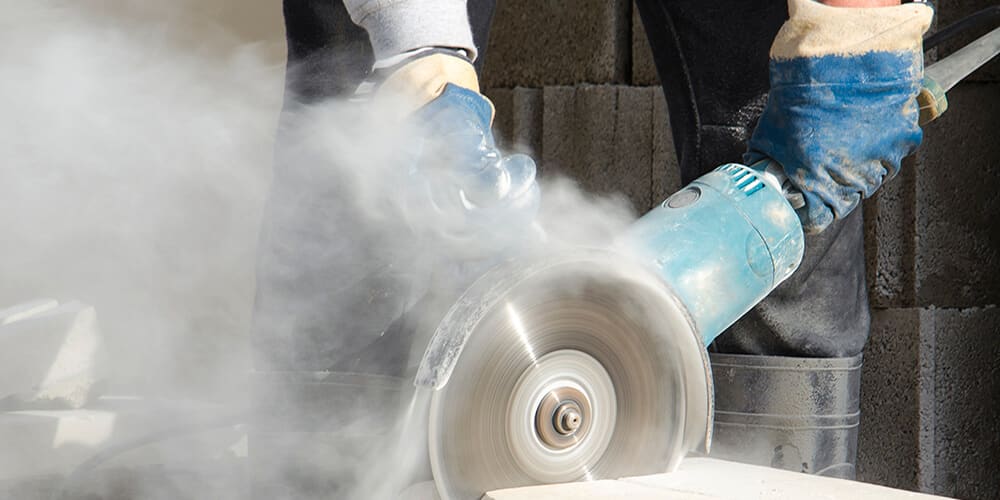
Experts at Trolex brought our new technology to the APPG’s attention and explained our nine-year silica detection R&D project that resulted in development of the new real-time silica monitor – work that we’d kept closely under wraps until mid 2021.
The original report refers to Workplace Exposure Limits (WELs) of dust. It says:
“Dust monitoring is vital. Technology advances mean that new methods of real-time exposure level monitoring are now possible. Knowing what the actual exposure levels are is important as exposure will depend on the actual task (e.g. cutting concrete is higher risk than breaking concrete, and the actual exposures depend on the concrete mixture).
“The new Code of Practice for Tunnelling […] that requires the use of new technology which is just becoming available and gives an instantaneous measurement.”
The instantaneous measurement the report refers to is the measurement of a variety of dust and particulates (something we already do with our AIR XD Dust Monitor and XD One Portable Dust Monitor, XD1+ Personal Dust Monitor products) – not specifically silica. Silica always being too difficult to uniquely identify.
Until now.
Our new silica-specific monitoring technology is a game changer.
By working with the authors of the APPG to share the features, benefits and thinking behind the new real-time silica monitoring technology they’ve been able to update the report with new advice on how to best protect workers from the dangers of respirable crystalline silica (RCS).
Protecting the health and safety of the people who work for you is the ethical thing to do. It also makes good business sense as your people are your greatest asset.
But even if you aren’t driven by a moral or financial imperative, governments around the world are toughening up on the legislation that protects workers, so it’s not something any business can afford to ignore.
While some threats are obvious, others are invisible and incredibly hard to accurately detect, such as the deadly silica dust that are the by-product of many industries and manufacturing processes.
Silica dust is linked with severe health problems. It has been dubbed the ‘new asbestos’ and has already been the subject of litigation. Yet it’s something that has historically been impossible to monitor in real time.
Our Construction Industry Health and Safety Survey Winter 2021 shows that employers are concerned about safety, with nine out of 10 respondents recognising that worker safety is important or very important.
But it also revealed that on the ground it can be hard to meet the health and safety challenge, particularly when it comes to dust monitoring, which for a fifth of respondents accounted for half of their safety budget.
This in-depth report looks at how real-time, wearable dust monitoring technology can help to solve the issues from the findings of the Construction Industry Health and Safety Survey Winter 2021.
The findings ultimately mean that it’s clear we need a new approach to dust monitoring. One that looks to the future and is inspired by the intelligent tech revolutionising every other aspect of our lives.
It’s time to act now to tackle danger of hazardous dusts, like silica dust, by investing in smarter solutions to protect the air we breathe, with real-time dust monitoring.
Did you hear about the plane crash that killed everyone on board? Your answer likely depends on where you live.
According to researchers at the University of Oxford: ‘English Wikipedia readers were much more likely to read about North American and European crashes, and Spanish Wikipedia readers were more likely to read about Latin American crashes.
Page views on English and Spanish Wikipedia for North American and Latin American aircraft crashes, respectively, were each about 50 times greater than for African crashes.’
These events are tragic, to be sure, but the deaths from these situations are more generally heard about than others, such as from dust inhalation – despite technology and processes available to help prevent them.
It also depends on when the crash happened, with Royal Society Open Science discovering that irrespective of the crash location and body count, ‘on both English and Spanish Wikipedia, page views dropped in half between three to 10 days after the event’. The decay of novelty as we lose interest in things when they stop being new.

And then there’s how much capacity you have left to care, the concept scholars refer to as the ‘finite pool of worry’.
‘Because people have a limited capacity for how many issues they can worry about at once, as worry increases about one type of risk, concern about other risks may lessen.’ says The Centre for Research on Environmental Decisions.
Proximity. Timing. The competition with other concerns for a limited capacity to impact emotions. It’s a complicated old business. Disaster, its impact, its legacy and even the ways we look at – or away – from it. That’s only talking about sudden disastrous events; the plane crash, typhoon, earthquake, and other similar events.
What about the disaster that inexorably unfolds? The slow-motion cumulative disaster. Disaster that – over time – takes far more lives than the one off tragedies? Or even a succession of one-off tragedies?
What about:
As we’ve seen, it’s human nature to focus on more recent, local, high-profile events. Discreet, distinct, storylines.
However, don’t the disasters we overlook – the slower moving, less attention-grabbing tragedies that play out day after day – deserve our attention too?
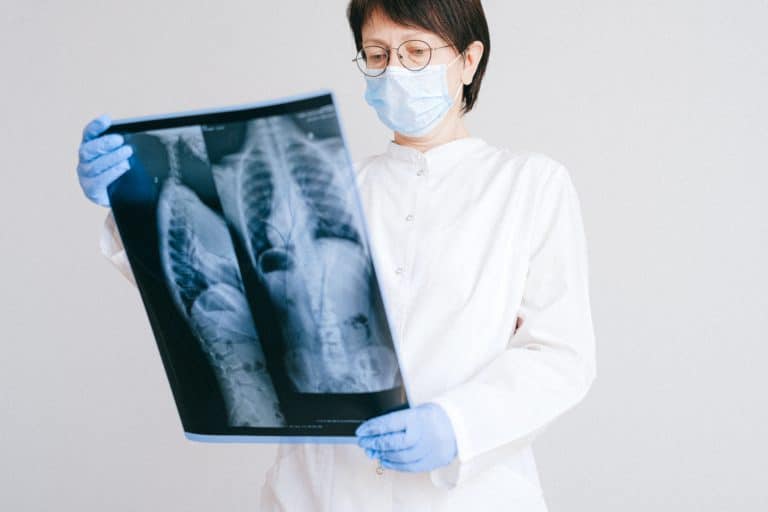
The problem of particulate and dust inhalation is widely ignored, so too is the priority in finding viable solutions.
This is why we do what we do at Trolex, and why we’ve set ourselves the challenge of reducing the risk and impact dust inhalation can have on workers around the world who are rarely spoken about.
This is done through the development of technology like the AIR XD Dust Monitor, XD ONE Portable Dust Monitor, XD1+ Personal Dust Monitor and AIR XS Silica Monitor alongside supporting software, to deliver data in realtime and make sure every worker knows the state of air around them.
We haven’t stopped there, however. Our engineers are constantly asking “what can we do so that, in 10 years time, every worker in the world exposed to dangerous particulates is wearing personal dust monitoring?”
This is easier said than done, of course, but it’s a challenge we’re committed to undertaking and beating. As well as setting ourselves the task of overcoming the engineering challenge, we’re having to face those natural ‘hidden in plain sight’ biases discussed above.
We’ve privately funded each project every step of the way – from research and development, to manufacturing and distribution. Every penny.
Not that we mind. In fact, we’re proud to have independently conceived and created our range of real-time dust monitoring products: innovative dust monitoring technology that’s now the envy of the industry.
These products are perfectly capable of helping us meet our 10-year challenge, and in the process save many thousands of lives.
Set against the backdrop of Covid-19 and the billions and billions of pounds spent to combat it, the macabre irony hasn’t been lost on us, that worldwide more people have died inhaling dangerous particulates in the last five years than they have from Covid 19.
Unnecessary deaths that for only a couple of million pounds backing, our technology could still go faster and further in preventing.
Maybe we should call for a lockdown?
We work with businesses around the world to improve the safety of hazardous work environments and give workers a better chance at reducing the risks of dust inhalation. The long term effects can be severe and, while it might not be as obvious or attention grabbing as other tragedies, we’re committed to doing what we can to help those at risk.
If you’d like to know more about our dust monitoring systems and how they can help your worksite, get in touch with our team of experts today.
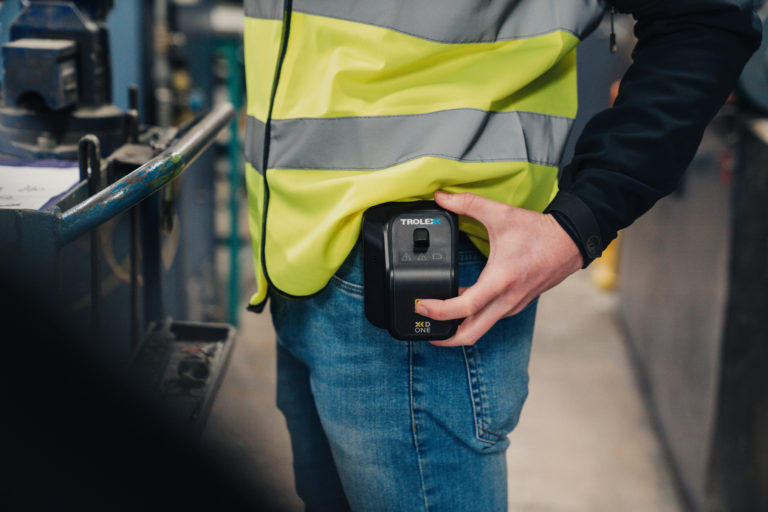
As any responsible employer knows – a clear threat to the health and welfare of your staff demands a clear response.
In industries such as construction, mining, tunnelling and manufacturing, the obvious risks to health posed by clouds of workplace dust can be tackled in new and different ways. Some precautions and protections include:
With more awareness of the dangers of dust inhalation, these protections become more effective as they are applied more extensively across different scenarios and environments.
However, dust monitors and other other equipment are only part of the story.
More dangerous than the dust you can see, is the dust you can’t see.
Dust can reach beyond the frontline workers benefiting from protection to threaten support and ancillary staff nearby.
An unfortunate consequence of focusing efforts solely on frontline workers is there are other members of the team who aren’t monitored and protected. Plant and equipment operators working in enclosed cabins, for example, might assume they’re safe but, with microscopic airborne hazards so hard to detect, they’re still exposed to serious amounts of risk.
This is one of the main reasons for the introduction of a new international standard for a consistent approach to designing, testing, operating, and maintaining the air-quality systems of operator enclosures – ISO 23875.
A standard that recognises and responds to the extent of the dangers caused by dust right across a working environment.
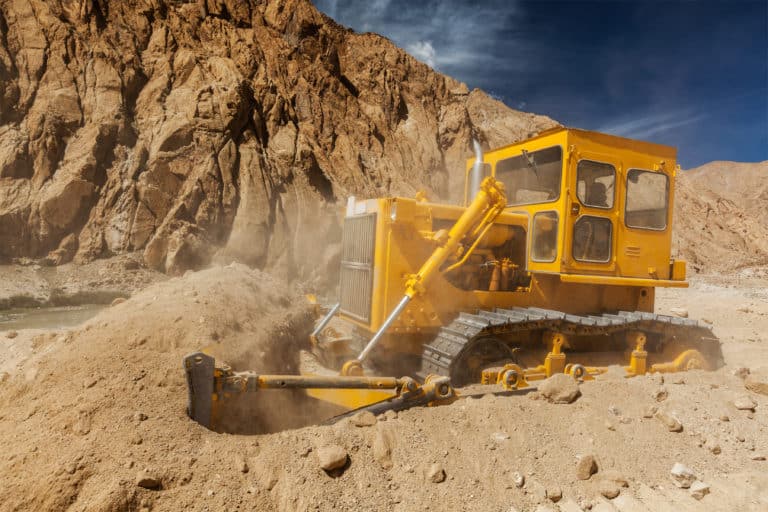
It’s a move that’s been welcomed across the board, with the Australian Mining Safety Journal and Mining Review Africa writing, ‘the new standard is likely to place a greater emphasis on the air quality inside the cabin than previously addressed.’
A recent ISO workshop run by Jeff Moredock, Lead at the ISO Working Group, advertised that the new cabin air standard will ‘Improve operator alertness, create a safer work environment and increase productivity.’
Of course, the big question is how do you properly assess the air quality in your cabin? How can you enforce a new and improved standard if you’re not able to accurately record particulate levels in real time?
This makes the introduction of new, wearable or in-cab, real-time dust monitoring technology, such as the XD ONE Portable Dust Monitor, so timely.
The XD ONE is low cost, lightweight, easy to use, easy to maintain and 5 times more accurate than other devices. It continually measures every particle from as small as 0.38 to 40 μm. By issuing every operator an XD ONE, they’re constantly reading the air quality in their immediate environment and instantly alerted to any danger.
In the past, dust monitors were large, clunky pieces of technology that needed to be placed in an area you expected to be hazardous. This was time consuming and took multiple workers to place, set-up and maintain and was inaccurate and often not in real time.
As this equipment has developed, it can now be worn by workers to monitor the dust particles in the space directly around their airways.
The XD ONE Portable Dust Monitor also delivers results in real-time, making it an important part of any safety system or process. Dust can be released at any point and isn’t always noticeable. It can also travel long distances on very slight air currents, so the more warning employees have, the better they can react.
With new regulations pushing for better safety measures and standards in hazardous workplaces and environments, you need to stay on top of everything. Your workers will also benefit, and this keeps them working for longer.
Get in touch today for more details on how the XD ONE Portable Dust Monitor can help you align with ISO Standard 23875 as well as protect workers across your whole site from the danger of microscopic airborne dust.
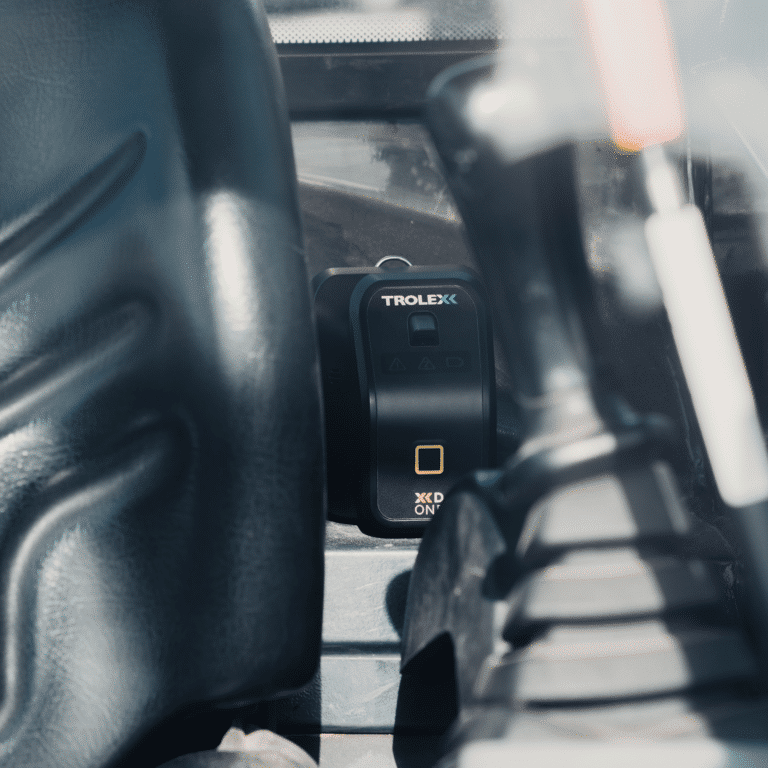
The IOSH Construction Group Committee Construction Dust Survey makes for sobering reading. Firstly, it highlights the fact that much more needs to be done to increase awareness of the dangers of dust from an employees perspective:
“Dust causes a lower level of concern among employees than the more immediately noticeable dangers of construction, such as falls…they do not perceive it as a significant immediate risk to their wellbeing unlike falls from height, equipment etc.”
It also highlights a lack of awareness from the industry as a whole. Of 618 health and safety professional respondents, ‘44.6 percent thought that the industry gave little or no priority to the issue, and a similar proportion (42.4 percent) felt that it received the same priority as other health issues.’
And even when awareness exists, the report found that compliance is weak.
‘54.0 percent of respondents indicated that workers sometimes fail to follow prescribed methods of work. Over a third of respondents (36.2 percent) indicated that this happened most or all of the time.’
So what’s going on? Why, even when employers and their onsite teams are in possession of the facts, do they too often choose to ignore the dangers posed by dust?
Dangers that lead to 10 deaths a week from lung cancer caused by silica dust, let alone the other illness and premature death from other cancers, silicosis, asthma and chronic obstructive pulmonary disorder (COPD).
You’ll be familiar with the concept of cognitive dissonance, ‘the state of discomfort felt when two or more modes of thought contradict each other’.
Like knowing smoking is bad for you, but continuing to smoke.
Like, “we know dust is dangerous but there’s no convenient, low-cost alternative to handling the risk. So we’ll stick with what we’ve always done.”
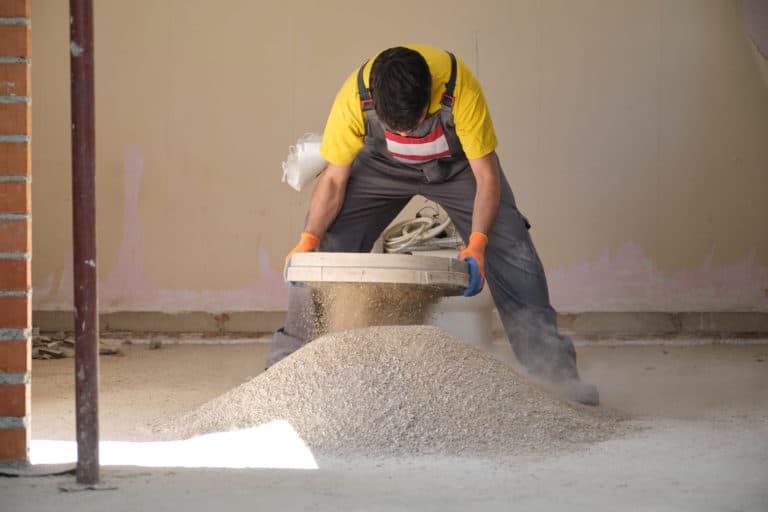
Barriers to change
There’s a lot to learn in the Construction Dust Survey.
More than anything, it’s highlighted that despite being increasingly aware of the dangers, people aren’t taking action.
Somehow, industry has convinced itself that the culture and adoption of, the management of, and the cost, complication and general hassle of creating a safe working environment is more trouble than just leaving things be.
Here are just some of the barriers to change noted in the survey:
Culture: The culture of the industry, and its ‘traditional’ view of dust as an expected or normal part of construction work, can be a significant barrier.
Use: Workers often view the controls as cumbersome, impractical, affected by poor maintenance or giving rise to other risks. This deters use.
Employees: Implementing controls effectively depends on good management and supervision. Operators generally choose not to use controls.
Management arrangements: In general, the industry does not seem to manage dust control issues adequately. Comments refer to a link between the management priority given to this issue and the corresponding conditions found on-site.
Cost: Dust control is often viewed as labour-intensive, expensive, time-consuming and a nuisance that slows work.
‘The industry creates this risk. It now needs to acknowledge it, own it and deal with it.’
It somehow seems that as awareness increases, industry seems to think a cultural shift towards safer working environments will run its own natural course over time.
“It is like wearing a hi-vis 15 years ago or hard hats. It took years for the culture to change.” says a contributor to the report.
Fortunately, we’ve taken a far more proactive approach.
What if we could fast track that safer working environment?
What if that cognitive dissonance could be eased instantly and increased awareness could be achieved overnight? And what if you only ever had to use dust control methods when you actually needed them?
It’s hard to not be aware of something when an alarm is screaming in your ears and bright lights are flashing.
Well, here’s the thing.
A low-cost, simple-to-use, personal alarm would help solve the problem overnight.
All those adoption and implementation objections, all the excuses and all those barriers to change would evaporate. Instantly.
And here’s another thing.
That low-cost, simple-to-use, personal alarm exists.
It’s new and it’s here.
The XD ONE Portable Dust Monitor.
Get in touch today and we’ll tell you everything you need to know about how real-time dust and silica monitoring technology can protect your workers from the threat of preventable disease.
